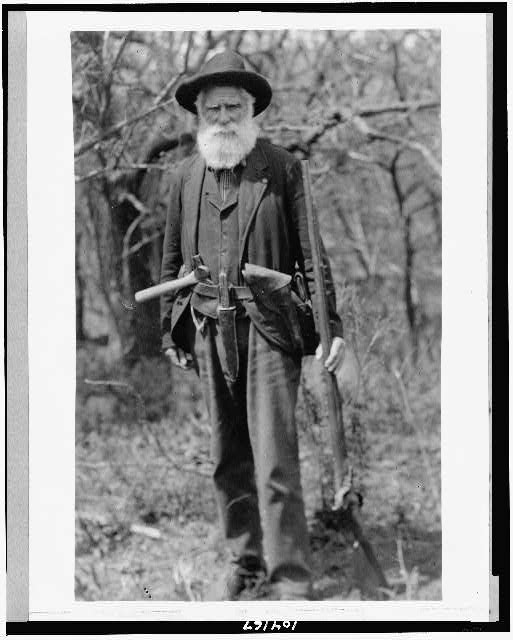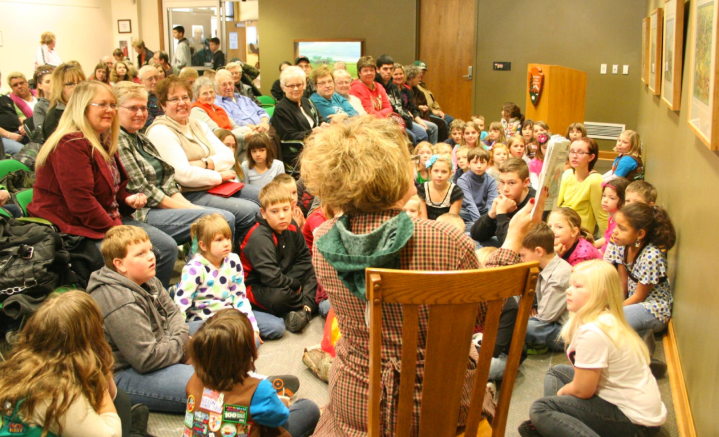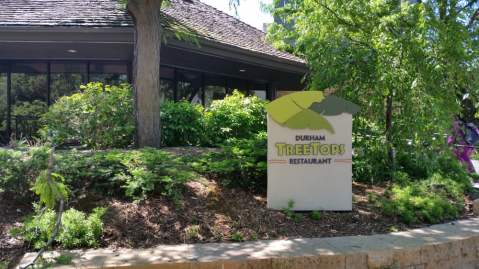The Oldest Homestead Farm In America Is Right Here In Nebraska And It's Amazing
When President Lincoln signed the Homestead Act in 1862, the country would be forever changed. Every adult was now entitled to 160 acres of free homestead land if they filed paperwork, paid a fee, and agreed to build a home and live and work on the property. The very first person to take advantage of the new program was a soldier and physician named Daniel Freeman.

Freeman had a lot of ambition and a big personality. He knew from the start that he wanted to be the very first man to take advantage of the free land. He took a short furlough from the Union Army and traveled in the final days of 1862 to look at the beautiful open lands of Nebraska.

On New Year's Eve, 1862, Freeman traveled to the nearest US Land Office, which was in Brownville, to sign up for a claim as soon as the act went into effect the next day. He was to leave on January 1st to rejoin his regiment, and when Freeman found that the Land Office would be closed for the holiday it seemed that he would miss his chance to be the first homesteader. After telling his story to the other prospective homesteaders staying in the hotel, they all agreed that Freeman should be given the chance to stake his claim before everyone. They convinced the Land Office clerk to open the office just after midnight, just for a few minutes, just for Freeman. Thus Daniel Freeman became the first homesteader under the Homestead Act of 1862.
Advertisement

Because he was still serving in the Civil War at the time, Freeman would not return to work and develop his land until 1865. He brought his new bride to the homestead, where they would raise seven children together. This land would eventually be incorporated into the Homestead National Monument, which was first recognized in 1936. The stunning building above, meant to call to mind the sod plows that shaped the landscape so long ago, was dedicated in 2007.
Advertisement

The Palmer-Epard Cabin, pictured above, was built in 1867 on a homestead 14 miles away from Freeman's land.

It was restored and moved to the monument grounds as an example of the type of home many homesteaders built and lived in.

Today it is filled with homestead-era furniture and tools to illustrate frontier life for visitors. It's an interesting way to look back into Nebraska's history.

It isn't clear whether the school was named for Daniel Freeman or another, unrelated Freeman who lived in the area at the time. However, Daniel Freeman was involved in a landmark court case regarding the separation of church and state at this specific school. Today it holds the title of the longest continuously-used one-room schoolhouse in Nebraska history.

The monument also includes 100 acres of painstakingly restored prairie, tree plantings, and, of course, the Homestead Heritage Center and Education Center.
Advertisement

The Heritage Center is a wonderful place to learn about Nebraska's homesteaders and the effect they had on the land. The Education Center contains science and social science exhibits for students which are made available to classrooms across the US via distance learning.
Get hours and other visitor information on the Homestead National Monument of America’s Facebook page.
OnlyInYourState may earn compensation through affiliate links in this article. As an Amazon Associate, we earn from qualifying purchases.
Featured Addresses
8523 NE-4, Beatrice, NE 68310, USA




